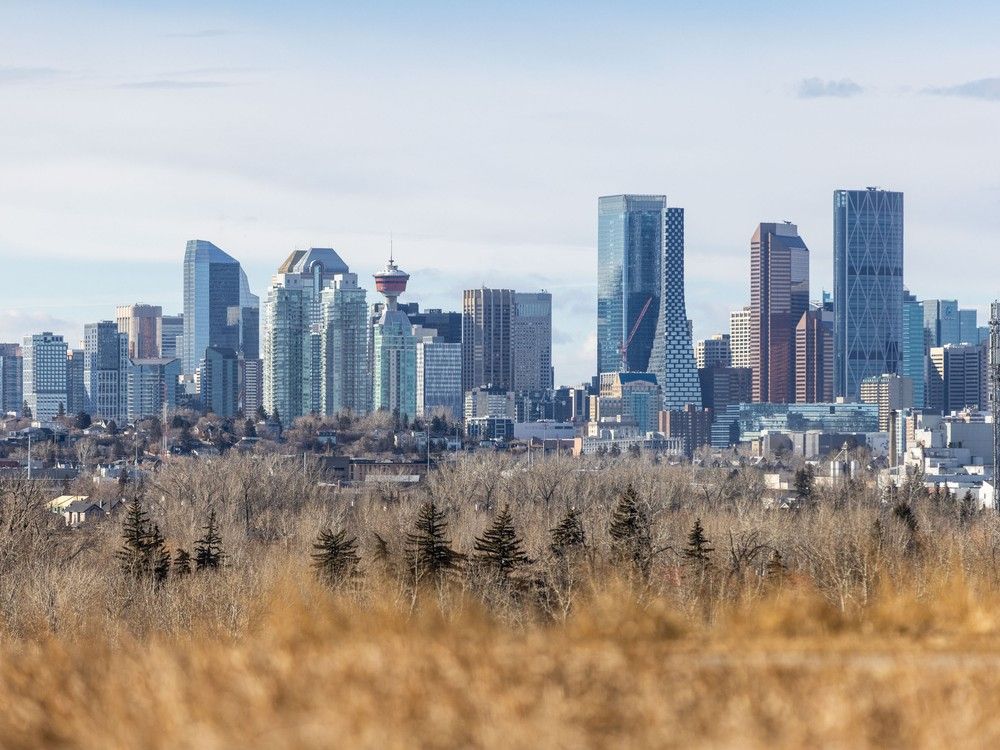Rising Municipal Spending and Taxpayer Concerns
Over the past 14 years, from 2009 to 2023, inflation-adjusted local government expenditures in Canada have increased by approximately 90 percent. This significant rise has sparked discussions about whether taxpayers are receiving proportional improvements in public services as municipal revenues continue to grow.
According to a study conducted by the Fraser Institute titled The Expanding Finances of Local Governments in Canada, Alberta municipalities lead the country in per capita spending, reaching $3,750 in 2023. Meanwhile, Ontario municipalities reported the highest per capita revenues at $4,156. The study raises important questions about whether this increase in spending translates into better services for residents.
Despite the expansion of municipal budgets, many local governments are still seeking additional revenue sources. The report emphasizes the need to evaluate whether these increased expenditures have led to meaningful improvements in public services and what implications this may have for taxpayers.
Provincial Differences and Service Responsibilities
One factor contributing to higher expenditures in Alberta and Ontario is the transfer of responsibilities from higher levels of government, particularly provincial authorities. City councils in Calgary and Edmonton have frequently raised concerns about this trend, noting that their revenue sources are limited compared to other provinces.
Austin Thompson, a senior policy analyst at the Fraser Institute, explained that differences in how services are managed across provinces do not necessarily indicate inefficiency. Instead, it could reflect cities offering more and better services while residents are willing to support them financially.
However, the study also highlights that rising transfers from provincial and federal governments have played a role in increasing municipal spending. These transfers have moved beyond stabilizing local finances and now actively contribute to growing expenditures.
Surpluses and Financial Reserves
A notable trend among Canadian municipalities is the increase in financial surpluses, even during times of emergencies. For example, Calgary experienced a major water main break last summer, which led to costly repairs. Despite this, the city reported a surplus of $276 million in 2024, an increase of seven percent from the previous year.
While maintaining cash reserves can be prudent for unexpected needs, Thompson questioned why these reserves should grow year after year without clear justification. He noted that the city’s consolidated expenses rose from $3.87 billion in 2018 to $4.658 billion in 2023, reflecting a steady upward trend.
Calgary’s tax increases over the period 2021-2025 averaged 2.7 percent annually, which is lower than in cities such as Toronto, Vancouver, Winnipeg, Edmonton, and Ottawa. This growth has occurred alongside considerable population increases, with the city’s population now around 1.6 million.
Challenges and Financial Pressures
Maintaining a cash reserve is essential for Calgary to preserve its credit rating, according to Councillor Andre Chabot of Ward 10. Without sufficient reserves, the city could face significantly higher borrowing costs.
Another challenge for the city is the high proportion of operating costs attributed to salaries, with union pay making up 50 percent of that expense. Chabot emphasized that the city cannot easily cut costs like households might, as resistance to union contracts could lead to legal action or binding arbitration.
Chabot also highlighted the issue of responsibilities being transferred from the province to the city, which has added $176 million annually to municipal expenses. He argued that the city has accepted these obligations too quickly, leading to tax increases. Ideally, he said, these responsibilities should be funded on a one-time basis before being reassumed by the province.
Transparency and Public Accountability
An example of this issue is the low-income transit pass, which costs the city $54 million annually, with only $6 million covered by the province. Chabot expressed dissatisfaction with the lack of transparency in how the city is improving operational efficiencies and called for greater public reporting on these efforts.
He urged the city administration to provide a detailed report to the public, stating that improved communication would help build trust and ensure accountability. As the municipal election approaches, these financial and operational challenges will likely play a significant role in shaping public discourse and policy decisions.







